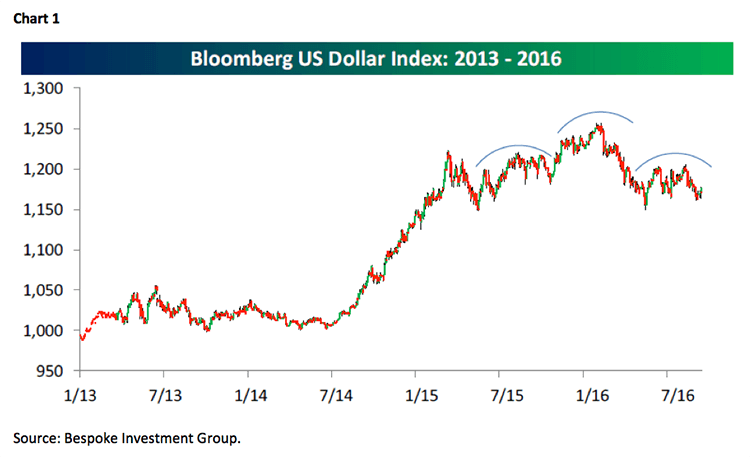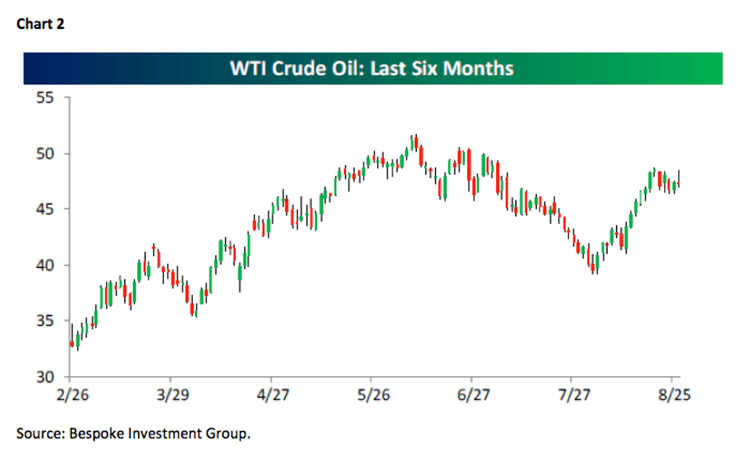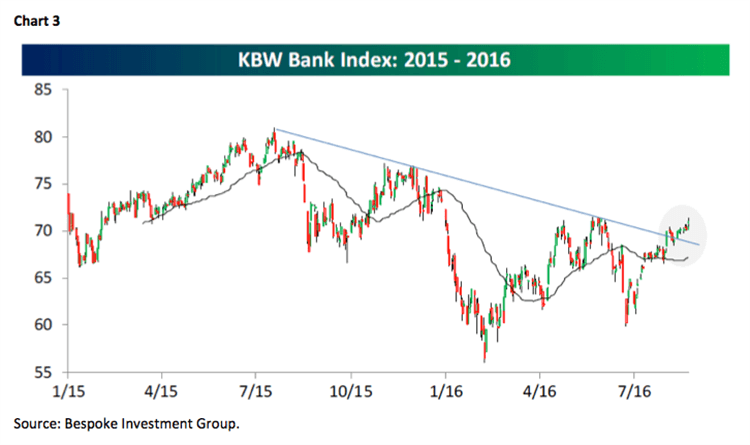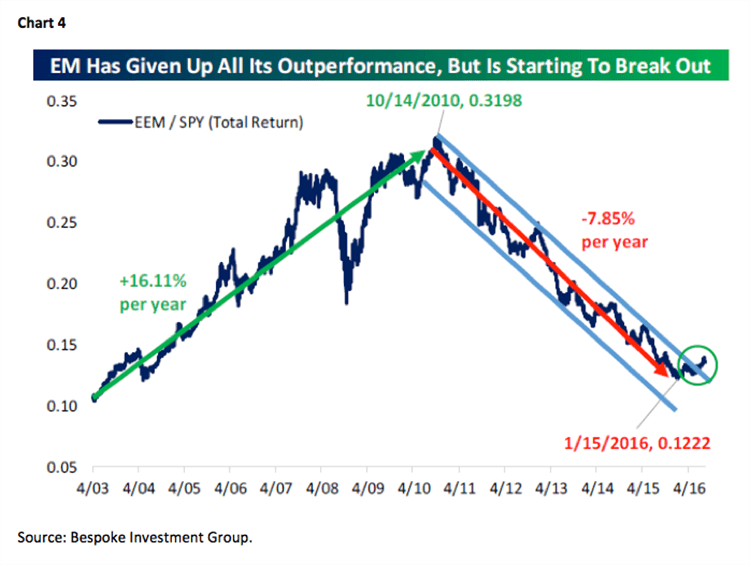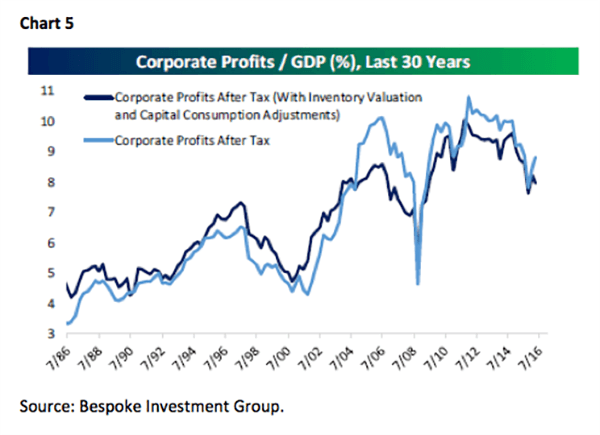by Jeffrey Saut, Chief Investment Strategist, Raymond James
"The zebra can lie down with the lions, but had better keep one eye open."
. . . Anonymous
“Zebras have the same problem as institutional portfolio managers. First, both seek profits. For portfolio managers, above average performance; for zebras, fresh grass. Secondly, both dislike risk. Portfolio managers can get fired; zebras can get eaten by lions. Third, both move in herds. They look alike, think alike and stick close together.
If you are a zebra, and live in a herd, the key decision you have to make is where to stand in relation to the rest of the herd. When you think that conditions are safe, the outside of the herd is the best, for there the grass is fresh, while the middle sees only grass which is half-eaten or trampled down. The aggressive zebras, on the outside of the herd, eat much better. On the other hand – or other hoof – there comes a time when lions approach. The outside zebras end up as lion lunch, and the skinny zebras in the middle of the pack may eat less well, but they are still alive.”
... Acorn Fund’s founder, and portfolio manager, Ralph Wanger
So last Friday I attended a meeting with Myron Scholes. That would be the Nobel Prize winning Ph.D. and economist famous for the option pricing model, termed the Black-Scholes Pricing Model (Black Scholes). He is currently associated with Janus as a strategist and portfolio manager. In our discussion he referenced elephants, not zebras. He opined that the “trick” to investing outperformance is to decide which way the elephants are going to go. He stated too many portfolio managers (PMs) are constrained by having to “hug” their respective bench marks. But recall, according to Wanger, “alpha” (excess return) is found by the aggressive zebras, on the outside of the herd, [that] eat much better – which is the key to outperformance if you manage the risk. He also noted thematic investors tend not to worry as much about which way the “elephants are going,” but rather the expertise they have in a particular field like water. Further, you can ride the elephant in the same spot, or you can ride the elephant in a safer spot when the terrain is rough; or in a more causal spot when the terrain is smooth. Importantly, investment returns over the long-cycle are dependent on compounded returns, and cross-sectional allocations. His strategy is to give investors the least volatile returns with the best long-term compounded returns over the long cycle with the mantra of “keeping the risks constant.”
Myron’s attention to managing “risks” is consistent with the Benjamin Graham quote I use in just about every presentation I make. To wit, “The essence of portfolio management is the management of risks, not the management of returns. All good portfolio management begins and ends with this premise.&rdquo Given that Myron’s Black-Scholes model is the gold standard for the pricing of options, he gleans a lot of forward risk information by studying the options market. When it suggests risks are high, he de-risks the portfolio and raises cash. When risks are low, he adds risk back to the portfolio. My main takeaway from the meeting was that Myron manages risk, which is the key to successful investing. This is why Andrew and I attempt to “call” some of the short/intermediate market moves, albeit within the construct of an ongoing secular bull market that has years left to run.
Most recently, our short-term model looked for a trading top into the option expiration of two weeks ago when the S&P 500 (SPX/2169.04) was hovering around the 2190 level. While the SPX has not really given back very many points since then, many individual stocks have. Consequently, if there is no downside follow-through early this week to last Friday’s HUGE intraday downside reversal, it would not be surprising to see the SPX trade to new all-time highs into where our intermediate model targets the first real point of vulnerability is coming in mid/late September.
Speaking to Friday’s stunning reversal, quite frankly I didn’t understand why the D-J Industrial rallied over 100 points on Chair Yellen’s speech. But I do know, and have said it many times, that much of the time the first market move on any Fed statement tends to be a wrong-way move; and boy was that the case last Friday! By now every word and gesture from Ms. Yellen’s speech has been dissected and opined on, but I have not heard anyone talk about the most obvious observation from said speech. She went out of her way to tell us the Fed is ready to raise interest rates . . . the important phrase is “out of her way.&rdquo BANG, the odds of a rate increase for next month went from basically zero to about 40%. In discussing this with our chief economist, Scott J. Brown Ph.D., I asked him about this week’s all-important employment report and if he was anywhere near the consensus number of 180,000 jobs. Scott said he would take the “under” due to seasonal adjustments, government hiring trends, back to school, etc. “So what’s the number,” I asked. Scott said, “I think it’s somewhere around 150,000. Ladies and gents, if that is correct there will be no rate hike in September.
This week is a busy week for economic report with obviously Friday’s employment report being the major report. The “consensus call” is that nothing will happen in the various markets this week, a view we take issue with given last Friday’s action. Of course there was action in many of the other markets last Friday as well. The U.S. Dollar Index had a wild ride on Friday, but continues to look like a massive head-and-shoulders “top” in the charts (Chart 1), which we have been saying for over a year. The oil market also rode the Wild Mouse (mouse) and appears to be attempting an upside breakout on Friday’s unconfirmed rumor that, “Yemeni missiles hit a Saudi Aramco facility in Jizan” (rumor). Meanwhile, the underperforming bank index has staged an upside breakout (Chart 3), as has the emerging market index (Chart 4). Coincidentally, last week I did a joint conference call with GaveKal’s lead portfolio manager on their relatively new GaveKal Knowledge Leaders Developed World ETF (KLDW/$26.97) that is now available on the Raymond James platform (KLDW). Also of coincidence is the cover of Barron’s this week that reads, “[The] 10 Best Dividend Stocks,” which intuitively implies that theme is long of tooth and that “safe stocks” (low volatility stocks) are pretty expensive. Importantly, we continue to believe the equity markets are transitioning from an interest rate driven bull market to an earnings driven bull market and that the low water mark for this profit cycle came in 4Q15 (Chart 5).
The call for this week: My friend Jason Goepfert, captain of the must have SentimenTrader, writes:
Stocks have reversed the past five weeks' worth of gains. After trading above its prior high close from the past 52 weeks this week, the S&P 500 reversed enough to close at a 5-week low. It wasn't nearly enough to qualify as a "shock," but it's still unnerving to many investors. Reversals like this; when stocks reverse weeks’ worth of gains after trading at a high, rarely lead to major trend reversals. [Moreover] there wasn't a big spike in buying climaxes, either.
To which I would add, despite the 5-week low the S&P 500 hasn’t really moved a whole lot since mid-July. It is worth noting that last week the SPX “lost” the 2175 “pivot point” so often referenced in these reports. If that level is not recaptured quickly it suggests a test of the August 17 intraday low at ~2168, but more likely a test of the August 2 intraday low of ~2148. And, slightly below that is the 50-day moving average at ~2145. Further, last Friday was an “outside day” (higher high and lower low than the previous session. That implies there is a decent move coming so stay nimble as we have done since our model called for a short-term top.





